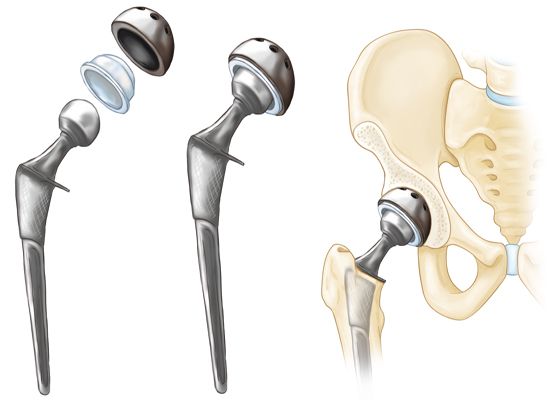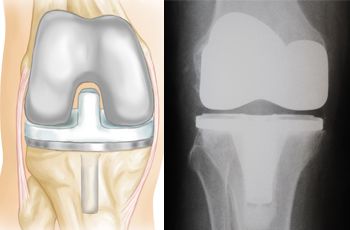Treatment
Preventing Infection After Joint Replacement Surgery
One of the most serious complications facing patients who undergo joint replacement surgery is infection. Although infection occurs in only a small percentage of patients, it can prolong or limit full recovery.
Infection may occur in the wound or deep around the prosthesis. It may happen while in the hospital or after you go home. It may even occur years later. Any infection in your body can spread to your joint replacement.
Minor infections in the wound area are generally treated with antibiotics. Major or deep infections may require more surgery and removal of the prosthesis.
Discuss your concerns thoroughly with your orthopaedic surgeon prior to surgery.
This video provides additional information about infection and its prevention.
Warning Signs of Infection
- Persistent fever (higher than 100 degrees orally)
- Chills
- Increasing redness, tenderness, or swelling of the incision wound
- Drainage from the incision wound
- Increasing pain with both activity and rest
Notify your doctor immediately if you develop any of these signs.
To assist doctors in the management of surgical site infections, the American Academy of Orthopaedic Surgeons has conducted research to provide some useful guidelines. These are recommendations only and may not apply to every case. For more information: Plain Language Summary - Clinical Practice Guideline - Surgical Site Infections - AAOS
Last Reviewed
June 2017
AAOS does not endorse any treatments, procedures, products, or physicians referenced herein. This information is provided as an educational service and is not intended to serve as medical advice. Anyone seeking specific orthopaedic advice or assistance should consult his or her orthopaedic surgeon, or locate one in your area through the AAOS Find an Orthopaedist program on this website.








